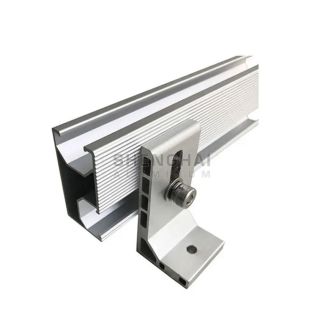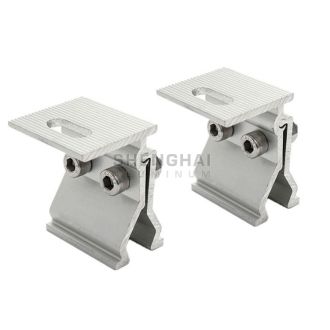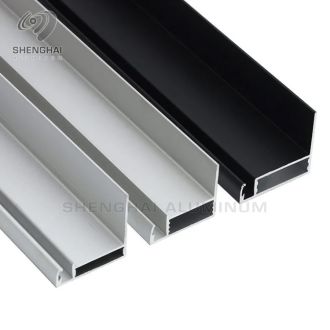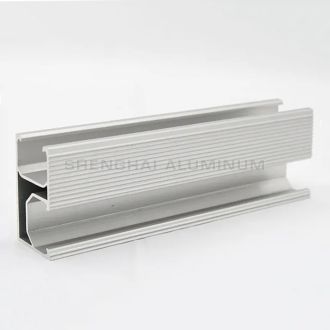Solar Panel Frames
Aluminum solar profiles are a common structural material used in solar photovoltaic power generation systems, including various types of solar aluminum alloy frames, brackets, rails, angle codes and connectors. These profiles are characterized by lightweight, high strength and corrosion resistance and can be selected according to specific application requirements with appropriate models and specifications.

Solar Rail
Custom Aluminium Solar Panel Mounting Rails

Solar Clamp
Aluminum Solar Panel Mounting Roof Clamps

Solar Frame
6061 or 6063 Extruded Aluminum Frame for Solar Panel

Solar Rail
40x40 Aluminum Rail for Solar Panel Mounting
4R./P1
1
Leave a Message
What is Aluminum solar panel frame
Aluminum solar panel frame is a supporting structure that surrounds and secures a solar panel. It is typically made of extruded aluminum and provides a rigid and durable frame that can withstand environmental stresses, including wind, rain, snow, and hail.The frame also serves as a mounting system for the solar panel, allowing it to be attached to a roof or a ground-based support structure. Additionally, the frame provides protection for the edges of the solar panel, preventing damage and ensuring its longevity.
Aluminum is a popular material for solar panel profile because it is lightweight, corrosion-resistant, and easy to work with. It also has a low coefficient of thermal expansion, meaning it won't expand or contract significantly due to temperature changes, which can help reduce stress on the solar panel and prevent damage. Aluminum extrusion solar panel frame is a crucial component in a solar energy system, providing stability and protection for the solar panel while ensuring its optimal performance.
Where is aluminum profile used in solar photovoltaic
1.Solar panel frame, also known as photovoltaic aluminum frame, primarily protects the solar cell glass, secures and seals the solar panels, enhances the component's strength, and extends its lifespan, among other functions. The cross-section of a photovoltaic frame is L-shaped with a groove, and it contains a cavity for attaching corner connectors. Currently, most solar panel frames are made of 6005 aluminum alloy, with surfaces anodized in silver or black.2.Photovoltaic mounting structure, which is a special bracket designed for placing, fixing and supporting solar panels during the construction of photovoltaic power plants. Materials used for solar photovoltaic mounting structures include aluminum alloy, carbon steel, and stainless steel, among others. The surface requirements for photovoltaic mounting structures are not as strict as those for photovoltaic frames. Aluminum alloy structures are generally treated with anodization, while steel structures are galvanized to prevent outdoor oxidation and corrosion. Depending on their mobility, photovoltaic mounting structures can be classified as fixed, adjustable, or tracking. Photovoltaic mounting structures have high stability, load-bearing capacity, and safety requirements.
3.Photovoltaic clamps, also known as solar panel clamps, serve as auxiliary components for the mounting and fixation of solar panels. Photovoltaic clamps are divided into edge clamps and mid clamps. Mid clamps are used to connect two adjacent solar panels, while edge clamps are used to connect photovoltaic panels to the mounting structure. Some frameless double-glass modules use clamps to directly grip the photovoltaic glass and connect it to the structure. The material commonly used for clamps is 6063 aluminum alloy, with surfaces treated through anodization.
Solar panel frame size(mm)
280x190x17
250x350x17
420x360x17
360x550x20
670*420x25
540x670x25
780x670x30
1000x670x30
1020x670x35
1120*670*35
1200*670*35
1480x670x35
1580x808x35
1320x992x35
1482x992x40
1640x992x40
1956x992x40
1956x1310x45
